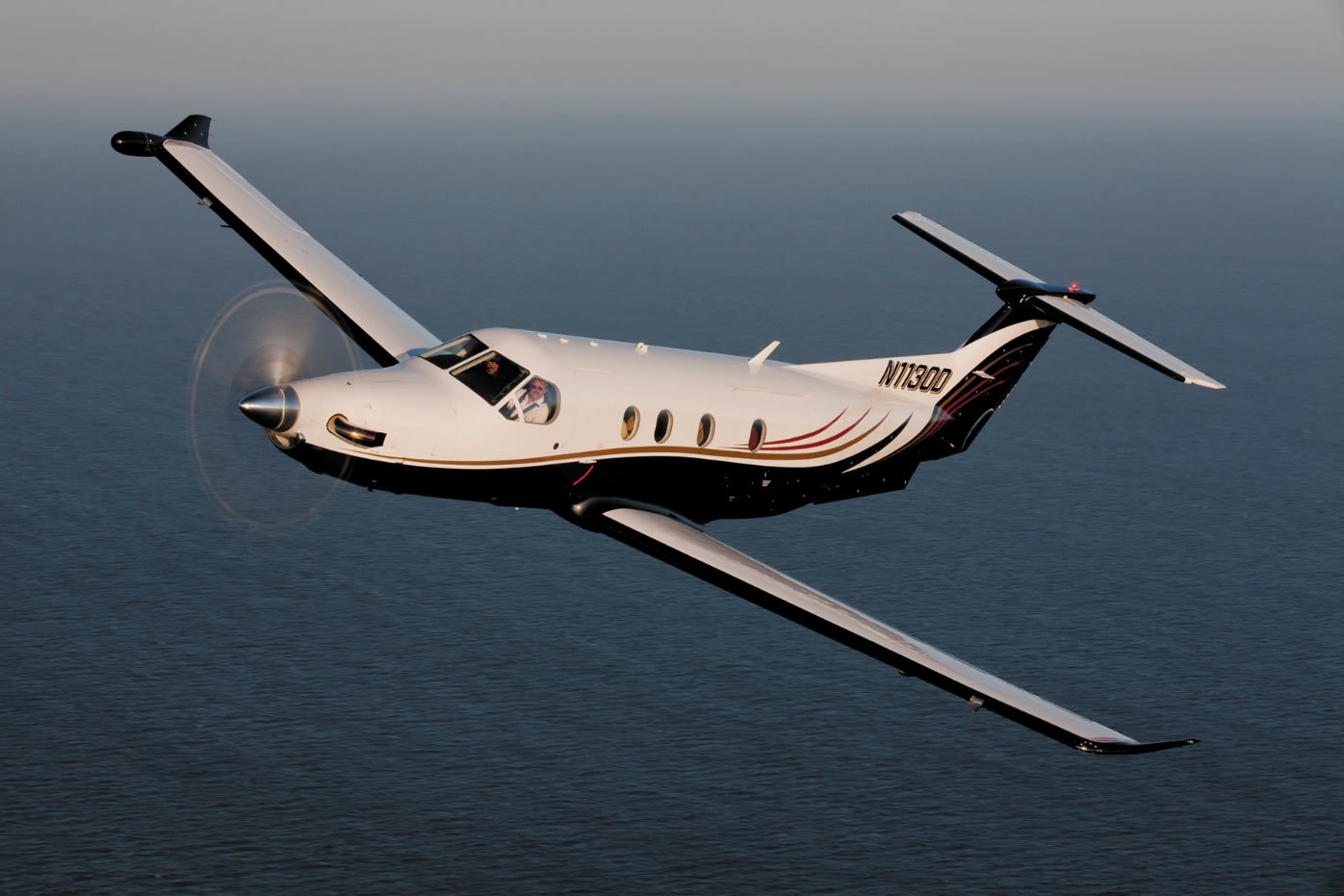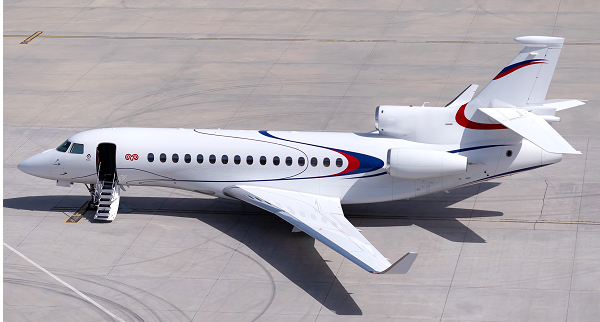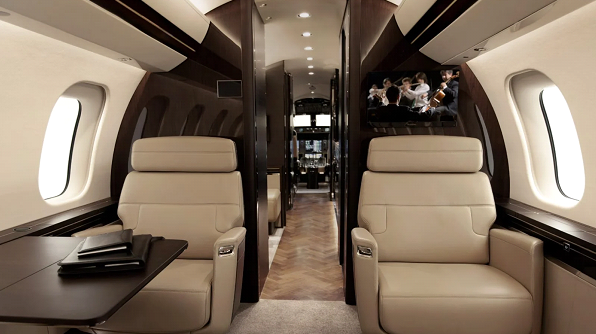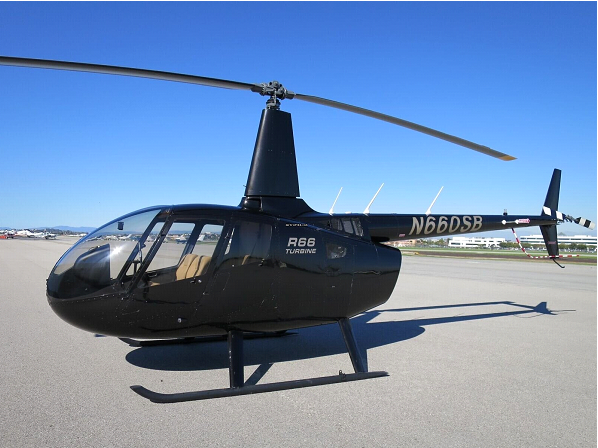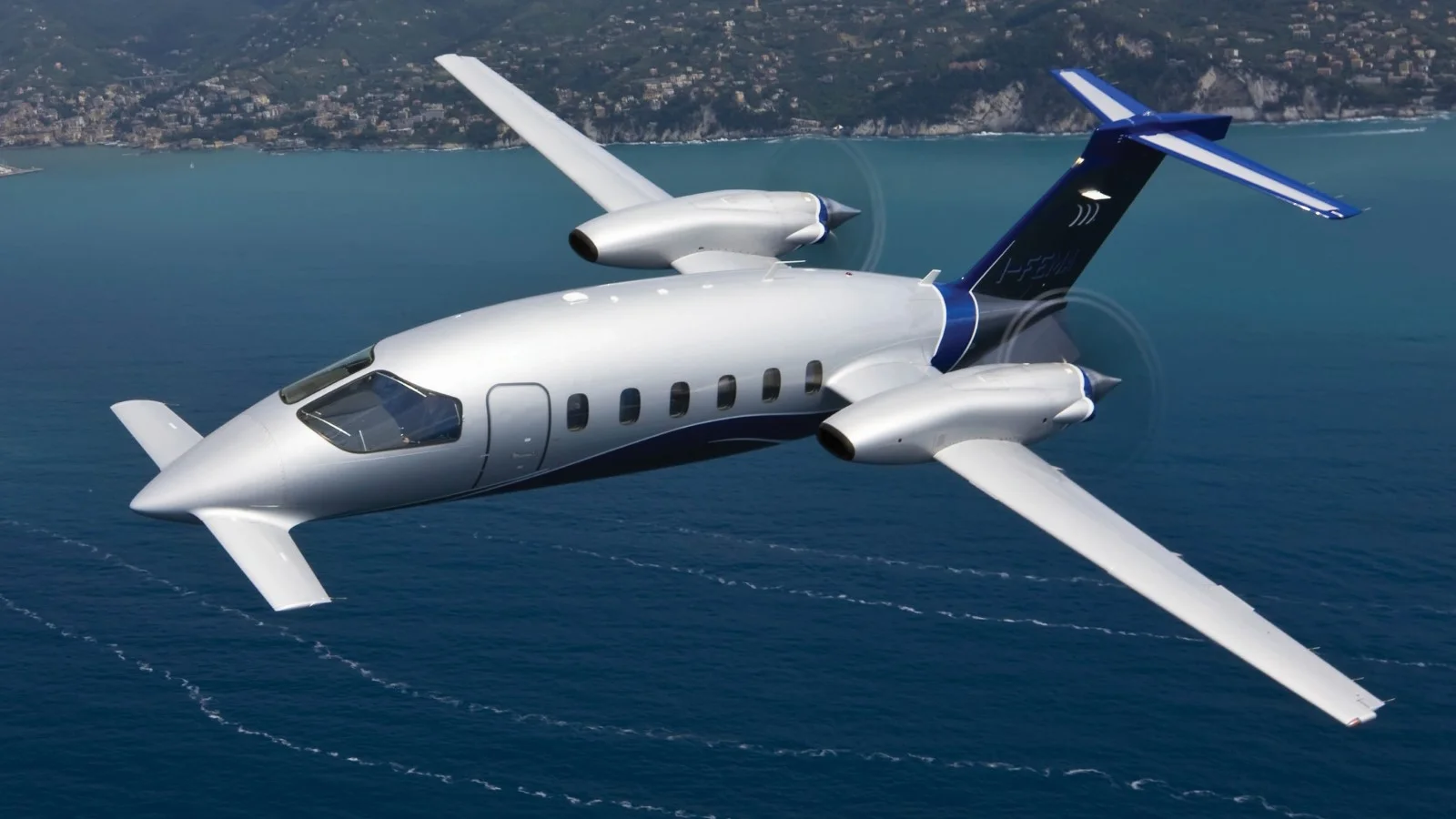Review: Gulfstream G650ER Performance & Comfort
7 min read

Introduction
When you think of private jets, one name usually stands out: the Gulfstream G650ER. It’s not just another aircraft — it’s the kind of jet that gets heads turning on the tarmac, the preferred ride of billionaires, high-powered CEOs, and world leaders. But hype only goes so far. The real question is: does the G650ER truly live up to its reputation?
In a world where newer models pop up every few years and rivals are constantly trying to outdo one another, we have to ask — is the G650ER still the gold standard, or just an expensive icon from a past peak? Let’s dig in and find out what really makes this bird fly — literally and figuratively.
History and Development
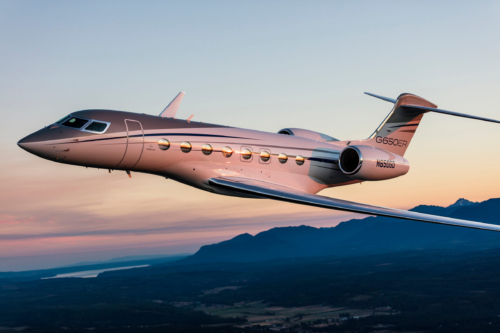
The G650ER didn’t just appear overnight. It’s the enhanced version of the original G650, which first hit the skies back in 2009 and went into service by 2012. Gulfstream, the aviation powerhouse under General Dynamics, wanted to push the boundaries of what a private jet could be. And they didn’t stop there. Five years later, they dropped the G650ER, which added another 500 nautical miles of range thanks to a bigger fuel tank.
That might not sound like a lot at first, but in aviation terms, that extra range is a game-changer. It means crossing oceans, continents, and time zones with fewer stops — which is exactly what people flying at this level want.
Specification
Now, let’s talk about size, because the G650ER is a beast in all the best ways. At nearly 100 feet long with a cabin stretching over 46 feet, there’s room to breathe. And at over 6 feet tall inside, even NBA players won’t have to duck. With a cabin width of 8.5 feet and more than 2,100 cubic feet of space, it’s more of a flying lounge than an airplane.
Need to bring a week’s worth of wardrobe, business files, and your golf clubs? No problem. With 195 cubic feet of baggage space, you can pack for the long haul.
But let’s not just admire the looks. This jet can move. It cruises comfortably at Mach 0.90 and tops out at Mach 0.925. That’s about 1,000 km/h. Translation? You’re getting places fast — like New York to Dubai or Los Angeles to Sydney — all in one hop.
Two Rolls-Royce BR725 engines push this machine forward, and they aren’t just about raw power. They’re surprisingly efficient for something this massive. Add in the ability to climb up to 51,000 feet — far above most commercial flights and nasty weather — and you’ve got a smooth, quiet ride.
Even the takeoff and landing distances are solid. It needs about 6,300 feet to lift off and just 3,000 feet to touch down. That opens the door to more airports and closer access to where you actually want to be.
In short? The G650ER isn’t just living up to the hype. So far, it’s making a pretty good case for itself.
Dimensions
● Length: 99 ft 9 in (30.41 m)
● Wingspan: 99 ft 7 in (30.36 m)
● Height: 25 ft 4 in (7.74 m)
● Cabin Length: 46 ft 10 in (14.27 m)
● Cabin Height: 6 ft 5 in (1.95 m)
● Cabin Width: 8 ft 6 in (2.59 m)
● Cabin Volume: 2,138 cu ft (60.5 m³)
● Baggage Capacity: 195 cu ft (5.5 m³)
Performance
● Maximum Range: 7,500 nautical miles (13,890 km) at Mach 0.85
● High-Speed Cruise: Mach 0.90 (516 knots; 956 km/h)
● Maximum Operating Speed: Mach 0.925 (541 knots; 1,002 km/h)
● Maximum Operating Altitude: 51,000 ft (15,545 m)
● Takeoff Distance: 6,299 ft (1,920 m)
● Landing Distance: 3,000 ft (914 m)
Weights
● Maximum Takeoff Weight (MTOW): 103,600 lb (47,000 kg)
● Maximum Landing Weight: 83,500 lb (37,875 kg)
● Maximum Zero Fuel Weight: 60,500 lb (27,442 kg)
● Basic Operating Weight: 54,000 lb (24,494 kg)
● Maximum Payload: 6,500 lb (2,948 kg)
● Maximum Payload with Full Fuel: 1,800 lb (816 kg)
Cabin and Interior Features
The G650ER’s cabin feels like a private sanctuary at 51,000 feet. You step aboard and immediately notice how spacious it is: room for up to 19 people, or a cozy retreat for ten when the beds are made up.
Designers have carved the interior into up to four flexible zones—a plush lounge for chatting or hosting, a formal dining table that doubles as a conference space, a media nook for movies or games, and even a fully private stateroom.
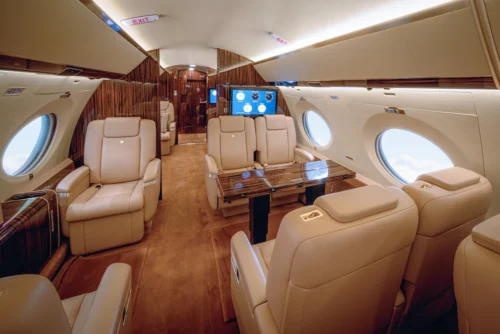
Light pours in through sixteen oversized oval windows, the biggest you’ll find on any business jet, so you never feel boxed in. At cruising altitude, you’re breathing air that’s equivalent to just 4,100 feet above sea level, and fresh air cycles through every two minutes. Between the nearly silent cabin and Wi-Fi fast enough for video calls, it’s easy to forget you’re thousands of miles from the ground.
Cockpit and Avionics
Up front, pilots have everything they need to fly safely and smoothly. Four large, crystal-clear screens display every piece of flight data, while the 3D terrain view from the Synthetic Vision System helps avoid surprises.
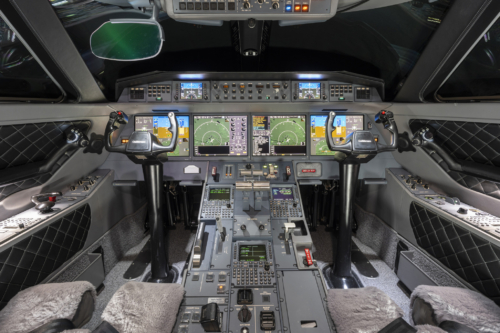
At night or in fog, an infrared camera feeds real-time images onto the windshield so landings stay precise. An automated emergency descent feature stands ready if cabin pressure ever drops unexpectedly, and a smart flight-management computer takes care of navigation planning.
Certified for a two-pilot crew under the strictest FAA and EASA rules, the G650ER means crews can operate almost anywhere in the world without a second thought.
Performance and Efficiency
When it comes to range, few airplanes compare. You could leave New York at dawn and land in Hong Kong without touching down to refuel. At Mach 0.90 cruise speed, flights that once took a full day get chopped by hours.
Climbing to 51,000 feet also means you can fly over the worst of the weather, keeping things smooth and efficient. Yes, those Rolls-Royce BR725 engines do sip about 452 gallons of fuel each hour, but in return, you get unmatched nonstop reach and a speed that turns jet lag into a minor inconvenience.
Operating Costs
Let’s be real — flying the Gulfstream G650ER doesn’t come cheap. Owning and operating a jet like this is like joining a private club where the membership fee is sky-high… literally and financially.
First off, just buying the jet sets you back around $66.5 million — that was the ballpark when it launched in 2014, and prices for newer builds or highly customized ones can climb even higher. And then you’ve got your annual running costs, which typically land somewhere between $3.5 million and $4.5 million, assuming you're flying around 400 hours a year.
So, where does all that money go?
Fuel is the biggest line item. The G650ER gulps about 452 gallons an hour. At around $6 per gallon, you’re looking at over $1 million per year just to keep the engines turning.
Maintenance isn't small change either. Between routine inspections, airframe upkeep, and engine service, you’re in the $500,000 to $800,000 range annually. Most owners opt into programs like CorporateCare to manage this more predictably.
Then there’s your flight crew. With two experienced pilots, you’re paying between $120K and $200K each. Add a flight attendant at $60K–$100K, plus benefits, travel expenses, and maybe a backup pilot or two. Total: $300K–$550K per year.
Insurance varies depending on where and how you fly, but expect to drop $80K to $150K. Hangar space? That’ll cost another $24K–$60K depending on airport location and how posh you go.
And let’s not forget the extras — catering, navigation software updates, avionics tweaks, crew hotel stays, occasional interior touch-ups — they add up quickly to another $100K–$200K annually.
All told, operating a G650ER isn’t for the faint of wallet. But for those who can afford it, what you’re really buying is time, flexibility, and unmatched comfort. And in the high-stakes world of global business or diplomacy, that’s often worth every penny.
Market Position and Competitors
In its class, the G650ER holds its own against newcomers like Bombardier’s Global 7500, which can stretch slightly farther, or Dassault’s Falcon 8X, noted for better fuel economy. Gulfstream’s own G700 offers a longer cabin and a handful of next-gen features—but at a premium price. Despite the competition, the G650ER’s reputation for bulletproof reliability and solid resale value keeps it in high demand.
Conclusion
There’s a reason this jet has become the gold standard: it blends raw performance with refined luxury. You sacrifice nothing in comfort or convenience, and you gain the freedom to link almost any two cities on earth without a layover. Sure, it carries a hefty price tag and a bigger carbon footprint than smaller jets, but for anyone who values time above all else—or simply demands the very best—it’s hard to find a better way to travel.


